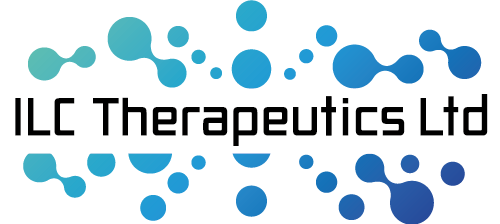Overview
ILC Therapeutics (ILCT) is a specialist, UK-based cytokine engineering company designing hybrid interferons, a novel drug class with improved therapeutic profiles, with an initial focus on infectious disease.
Hybrid interferons are engineered to deliver reduced toxicity and improved efficacy. They act on multiple targets, with their pleiotropic effects giving broad spectrum activity compared with monoclonal antibodies and small molecules.
ILCT’s hybrid interferon platform can rationally design, select and develop novel candidates, engineering highly specific proteins that are differentiated from natural interferons previously used in the clinic.
Business model and strategy
Using our platform approach, we are generating a diverse pipeline of innovative first-in-class hybrid interferons with differentiated modes of action that have blockbuster potential.
Our commercial strategy is focussed on seeking co-development partners of novel candidates in defined indications and licencing partners for assets at clinical stage.

